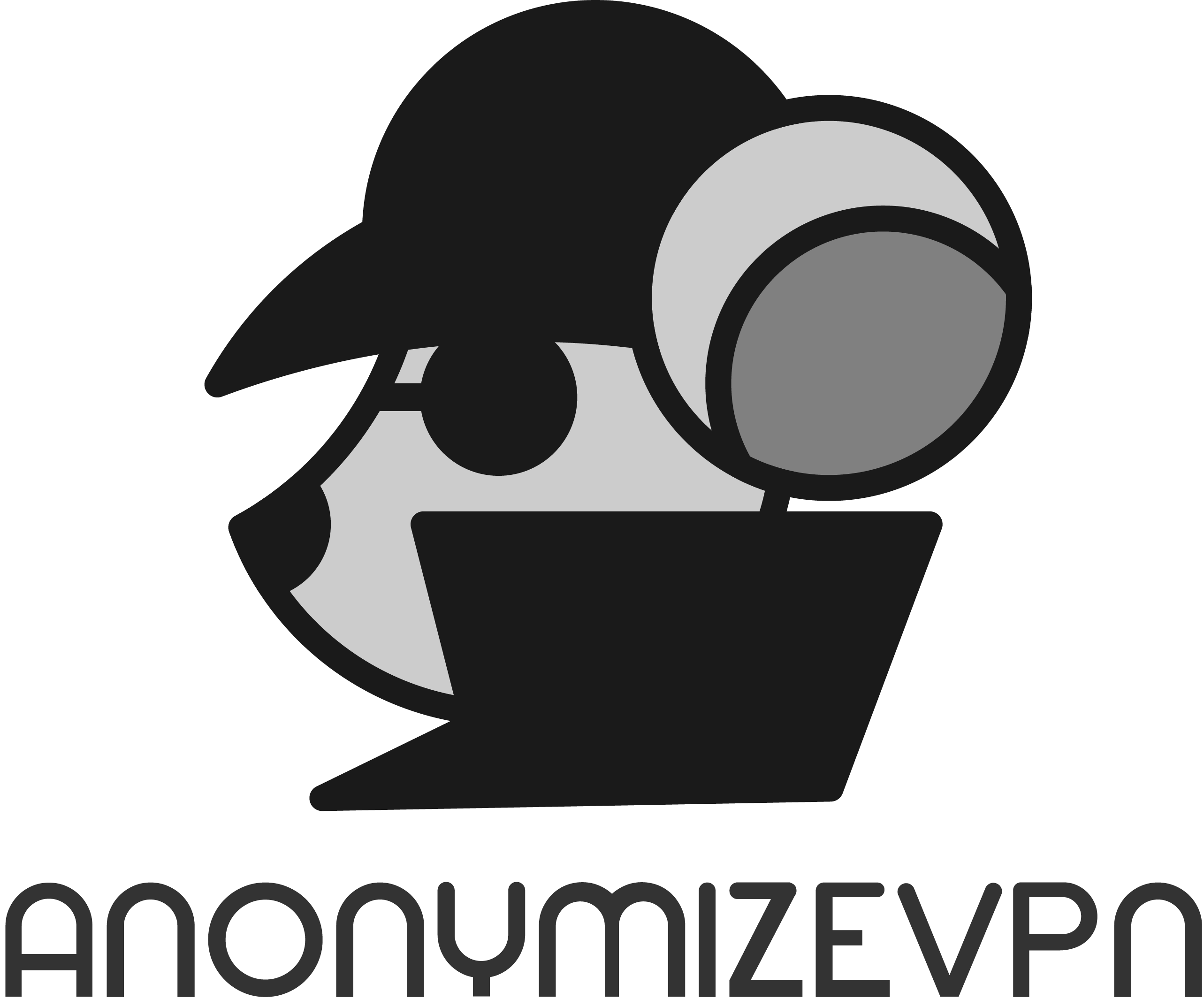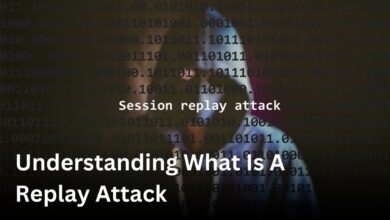
10 Best Cloud Security Best Practices – Anonymize
10 Best Cloud Security Best Practices – Anonymize. Discover the 10 Best Cloud Security Best Practices to safeguard your digital assets. Explore expert insights, practical tips, and real-world experiences to enhance your cloud security.
In the ever-evolving digital landscape, the need for robust cloud security practices cannot be overstated. As businesses and individuals increasingly rely on cloud-based services and storage solutions, ensuring the confidentiality, integrity, and availability of data becomes paramount.
In this comprehensive guide, we will delve into the 10 Best Cloud Security Best Practices that will help you fortify your digital fortress against potential threats.
In today’s interconnected world, where data is the lifeblood of business operations and personal interactions, securing information stored in the cloud is not merely a choice but a necessity.
This article will serve as your roadmap to understanding and implementing the best cloud security practices, ensuring that your data remains safe from cyber threats and vulnerabilities.
10 Best Cloud Security Best Practices
1. Data Encryption
Data encryption is the cornerstone of cloud security. Encrypting data both in transit and at rest adds an extra layer of protection, rendering it unreadable to unauthorized users. Industry-standard encryption algorithms, such as AES (Advanced Encryption Standard), should be employed to safeguard sensitive information.
At its core, data encryption is the process of converting plain, readable data into an encoded format that can only be deciphered by someone possessing the decryption key. It’s akin to locking your sensitive information in a secure vault and providing the key only to those who have legitimate access.
2. Multi-Factor Authentication (MFA)
Strengthen your authentication process with MFA. By requiring users to provide multiple forms of identification, such as a password and a fingerprint or a one-time code, you significantly reduce the risk of unauthorized access.
Multi-Factor Authentication (MFA) emerges as a potent weapon in your arsenal, offering an extra layer of protection to fortify your credentials and keep unauthorized access at bay.
3. Regular Security Audits
Frequent security audits and assessments are essential to identify vulnerabilities and weak points in your cloud infrastructure. Regularly scan for potential threats and address them promptly to maintain a secure environment.
Security audits are systematic assessments of an organization’s information systems, policies, and practices. They are designed to evaluate the effectiveness of security measures, identify weaknesses, and recommend improvements. When conducted regularly, these audits ensure that your cloud infrastructure remains resilient and adaptive to emerging threats.

4. Access Control
Implement stringent access control policies to limit user access to the bare minimum required for their roles. This minimizes the potential damage caused by insider threats or compromised accounts.
Access control is the practice of managing and regulating access to computer systems, networks, and data. It encompasses a range of security measures and protocols designed to grant or deny access based on user identity, roles, and permissions.
5. Secure Backup and Recovery
Always have a robust backup and disaster recovery plan in place. This ensures that even in the face of a catastrophic event, you can quickly restore your data and operations to normalcy.
Secure backup and recovery refer to the practice of regularly creating copies of your digital data and systems and storing them in a secure and separate location. This redundancy allows you to restore your data and operations in case of data loss, system failures, or security breaches.
6. Patch Management
Regularly update and patch all software and systems. Unpatched vulnerabilities are a common entry point for cyberattacks. Stay ahead of potential threats by maintaining up-to-date software.
Patch management is the systematic process of identifying, testing, applying, and monitoring software updates, also known as patches, to address known security vulnerabilities, bugs, or performance improvements. These patches are developed and released by software vendors to enhance the functionality and security of their products.
7. Employee Training
Educate your employees about cybersecurity best practices. Human error is a significant factor in security breaches. By training your staff, you empower them to become a crucial line of defense.
Cloud security is not solely the responsibility of your IT department; it is a collective effort that involves every member of your organization. Employees play a critical role in maintaining the security of your digital assets, making them both your greatest asset and potential vulnerability.
8. Vendor Security Assessment
When utilizing third-party cloud services, assess their security measures rigorously. Ensure that your vendors adhere to the same high standards of security that you expect for your own infrastructure.
9. Incident Response Plan
No security system is infallible. Having a well-defined incident response plan in place allows you to react swiftly and effectively to any security breach, minimizing potential damage.
10. Continuous Monitoring
Security threats are ever-evolving. Implement continuous monitoring solutions that can detect anomalies and threats in real time, allowing you to take immediate action.
Frequently Asked Questions
Q: What is the primary goal of cloud security?
A: The primary goal of cloud security is to protect data stored in cloud environments from unauthorized access, data breaches, and other cyber threats.
Q: Is data encryption necessary for cloud security?
A: Yes, data encryption is a fundamental component of cloud security. It ensures that even if data is intercepted, it remains unreadable without the encryption keys.
Q: How can employees contribute to cloud security?
A: Employees can contribute to cloud security by following security best practices, using strong passwords, and reporting any suspicious activity promptly.
Q: What should I look for in a reliable cloud security vendor?
A: A reliable cloud security vendor should offer robust encryption, access controls, regular security audits, and a strong incident response plan.
Q: Why is multi-factor authentication (MFA) important for cloud security?
A: MFA adds an extra layer of security by requiring users to provide multiple forms of identification, making it much more challenging for unauthorized users to gain access.
Q: How often should I conduct security audits for my cloud infrastructure?
A: Security audits should be conducted regularly, ideally on a quarterly basis, to identify and address vulnerabilities promptly.
Conclusion
In an era where data is king, protecting your digital assets is non-negotiable. By implementing the 10 Best Cloud Security Best Practices outlined in this article, you fortify your defenses, ensuring that your data remains secure, your operations run smoothly, and your peace of mind remains intact.
Remember, in the world of cloud security, staying one step ahead of potential threats is the key to success. Embrace these best practices, adapt them to your specific needs, and keep evolving to maintain the highest level of cloud security possible.





